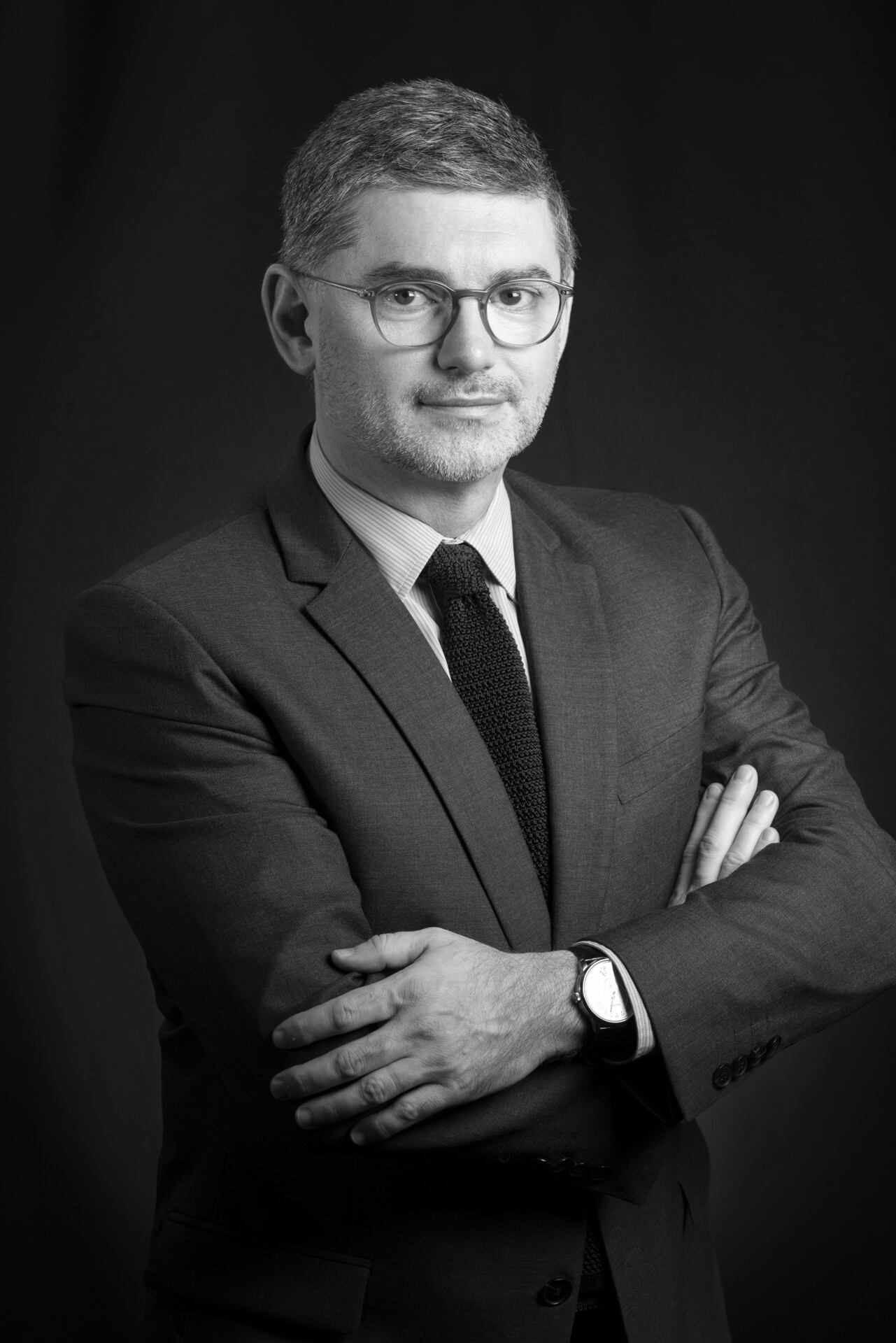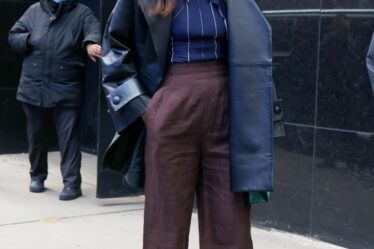
The biggest challenge for the luxury sector today is not the general macroeconomic context or the weakness of key markets like China, but customer fatigue with a luxury industry that seems increasingly banal, Chanel Watches and Jewellery president Frédéric Grangié told Swiss newspaper Le Temps.
While the first two factors are cyclical and will pass, “the third factor is much more worrying, and explains why this crisis could last longer than others. One could call it the trivialisation of luxury; I call it ‘luxury fatigue’,” Grangie said.
“Customers are tired of being bludgeoned by luxury,” the executive added.
Exquisite, exclusive creations are at the heart of what keeps customers excited about and loyal to a luxury brand. An overly commercial approach to fuelling luxury growth has weakened the allure brands have held over many years. “Over-distribution is a major risk factor at the moment,” Grangié said.
Chanel has a more exclusive store network than its main competitors, including a footprint in China that is three or four times smaller, shielding it from dampened enthusiasm for luxury in the region, Grangié said. Family ownership that prioritises long-term choices is another strength.
Overall, Grangié warns the next two years will be difficult for the industry. “We’re going to have to be vigilant. But there will be an advantage for houses with exclusive distribution.”
Learn more:
Economic headwinds, high prices and a lack of novel design are all weighing on what was previously fashion’s most dynamic segment. How severe is the slowdown and how long will it last?



